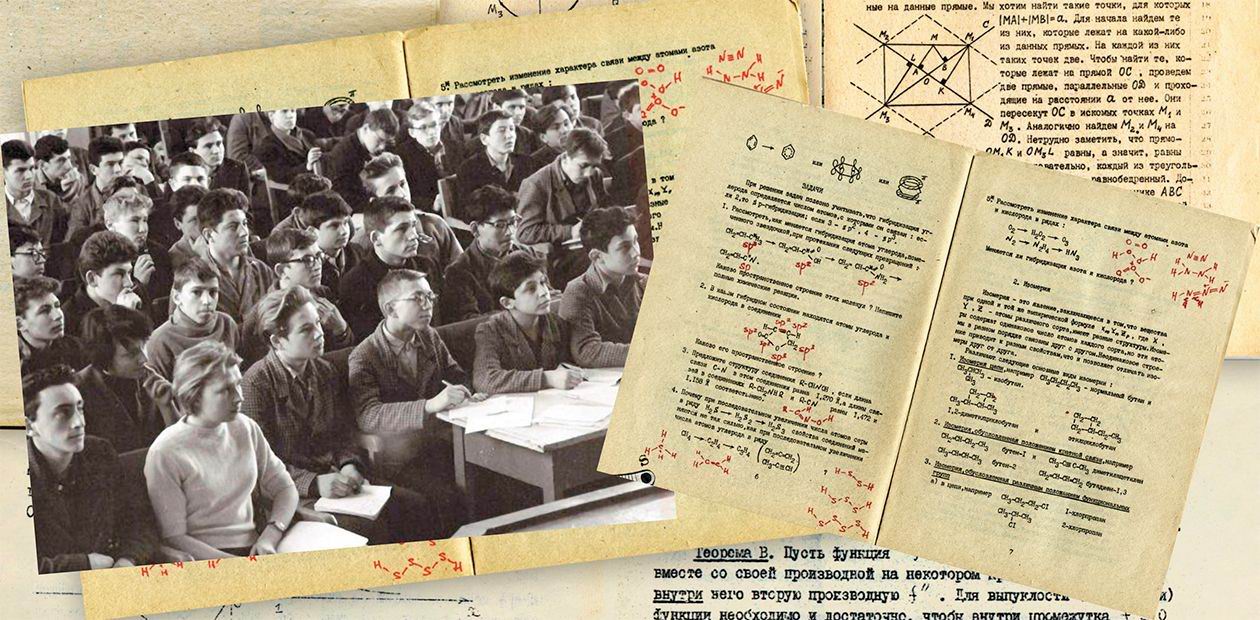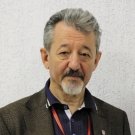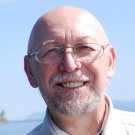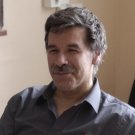NSU Distance Learning School: 50 Years After
On October 23, 2015, the Distance Learning School of the Specialized Educational Scientific Center (SESC) of Novosibirsk State University (NSU)—the world’s first distance learning school on physics and mathematics—celebrated its 50th anniversary. The ceremony in Akademgorodok gathered together more than a hundred people, including the founders of the school as well as its graduates, teachers, and all those people who participated, at different times, in the activities of the distance learning school and contributed to its development.
The Distance Learning School (DLS) of the High School of Physics and Mathematics (the original name of the SECS), affiliated with NSU, has been an important supplement to the system of science competitions (‘olympiads’) and summer schools and has given inquisitive and gifted children from different, even the most remote, towns and villages, an opportunity to test their abilities and seriously improve their level of training in physics and mathematics so that later they could go to a prestigious university.
More than 20 people made congratulatory and valedictory speeches at the conference “Dialogue of Generations.” The former NSU Rector Nikolay Dikansky shared his thoughts on how the school should be developed in the present conditions. The dean of the NSU Physics Department Alexander Bondar told the audience about his experience of studying at DLS and how this knowledge helped him enter the university; he pointed out the obvious benefits of distance education for those wishing to work at the forefront of science. Alexander Markovichev, a professor at NSU, who was engaged, many years ago, in the development of study guides and workbooks for DLS, told an amazing story that happened to him recently at an entrance exam in mathematics: “While listening to a school leaver answering a question on function research, I suddenly found myself thinking that if I had had to speak on that subject, I would have used the same words. After a while I asked him if he had studied at our distance learning school and got an affirmative reply!”
The start of this successful educational project is closely linked with the name of a prominent Russian businessman—the president of the F-Consulting Group Gennady Fridman, Cand. Sci. (Phys.-Math.), who was at that time a second-year student of the NSU Mechanics and Mathematics Department.
In his interview to SCIENCE First Hand, Fridman told an exciting story of how a group of enterprising university students organized, in their spare time, a steady working “distance learning school” in just two months, without any support from university officials.
The further life of the Distance Learning School to the High School of Physics and Mathematics (DLSPM) is described in the reminiscences of Prof. Alexander Markovichev, Cand. Sci. (Phys.-Math.), who was for several decades the head of the mathematics department at the school. Moreover, the editor of SCIENCE First Hand, Sergey Prokopiev, Cand. Sci. (Chem.), who was first a pupil and then a teacher at DLSPM, has also shared his impressions.
Today, the Distance Learning School has eight departments and about 2,000 pupils aged 10 to 17 from twenty regions of Russia as well as from CIS countries, Germany, and the United States. However, the core idea of the educational services provided by DLSPM since 1965 is, in a nutshell, that any schoolboy or -girl who speaks Russian can receive, upon request, educational materials on subjects of their interest and a set of problems to be solved, which vary slightly from year to year, send back their solutions, and surely receive a written review in response. The specialists from different DLSPM departments evaluate the correctness of the solutions and the ingenuity of the child’s reasoning and give recommendations for his or her further studies. All this contributes to the development of skills and the selection of gifted young people, many of whom later become students of NSU.
Gennady Fridman, Cand. Sci. (Phys.-Math.), President of the F-Consulting Group:
“In August 1965, on my way back from the All-Russian Komsomol Camp Orlyonok, I visited the Mechanics and Mathematics Department of Moscow State University, where I saw, for the first time, how they prepare assignments for their distance learning school of mathematics. Right at that time, in Novosibirsk Akademgorodok, there was a Summer School on Physics and Mathematics (SSPM), and we immediately decided that we would also set up a distance learning school, but ours (unlike the one in Moscow) would focus on physics and mathematics. So, we notified all the participants of the Summer School, who did not stay at the boarding house, that they became the first pupils of the distance-learning school.
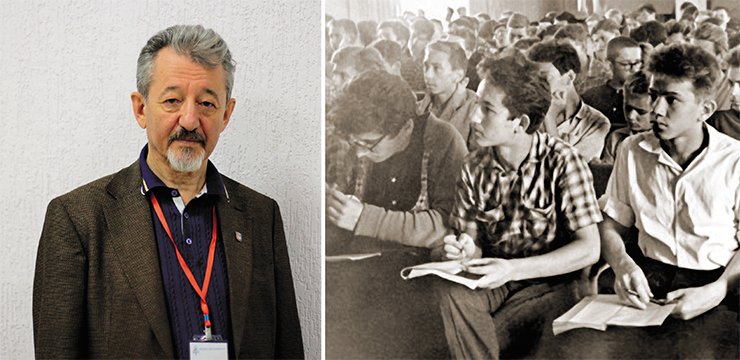
“As an aside, I should say that, in a sense, we repeated the organizational experiment conducted three years earlier by the founding fathers of the first Summer School, of which I was a participant. After 45 days of close communication, they must have felt sad to part with us, and they decided to establish something permanent. After the exams some of us were admitted to the year-round school of physics and mathematics (SPM), although at that time, the implementation of this idea, including the financing, was in serious doubt...
“Nevertheless, SPM opened its doors in January at the address: Detsky Proezd 3 (this building had been built for other purposes, but was used for a few months as a boarding house for the school). During the first six months, it was a completely illegal educational institution, financed through the undoubted misuse of budget funds by Mikhail Lavrentyev, who was afraid of nothing when he was acting for the sake of an idea. Initially, 120 people were admitted to the school, of whom 93 completed it. It was only in August 1963 that the USSR Council of Ministers issued a resolution on boarding schools, leading to the establishment of such schools in Moscow, Leningrad, Kiev, and other cities.
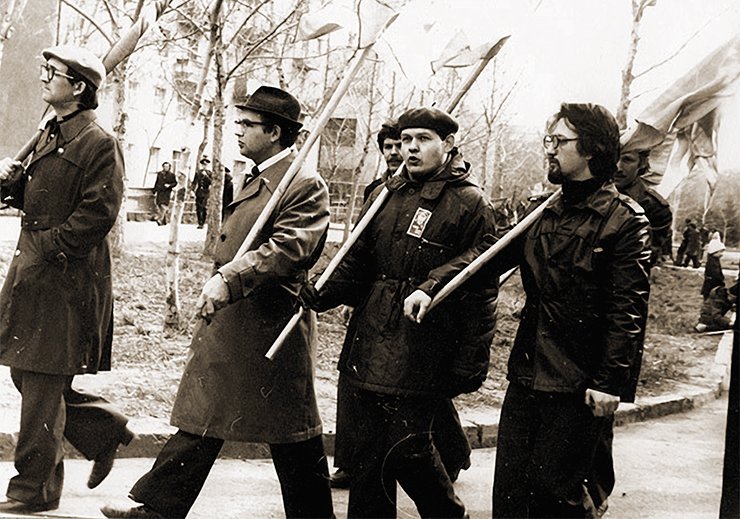
“Thus, SPM became yet another pioneering project of the Siberian Branch of the USSR Academy of Sciences, whose support helped NSU became a truly all-Union university: we even had students from Ukraine and Moldavia. There were two formats of recruiting pupils to SPM, including by the results of external science competitions. The candidates could come from Moscow, Leningrad, etc., from virtually anywhere. The newcomers were interviewed: not all of them were able to pass the tests, and the majority of the candidates went back. Those accepted to SPM received, post factum, a reimbursement of their travel expenses.
“Many of NSU students began, almost from the very beginning of their university life, to participate in the organization of regional rounds of science competitions (‘olympiads’) in NSU’s ‘zone of influence’—from the Urals and Central Asia to the eastern borders of the Soviet Union. In 1965, while a first-year student, I was appointed the leader of the team from the Siberian Branch of the USSR Academy of Sciences to organize olympiads in mathematics, physics and chemistry in the Tyumen Oblast. It was easy for a first-year student to become an ordinary member of the team, but being appointed as the leader of a team two members of which had the candidate-of-sciences degree, including the well-known mathematician L.V. Baev—that was really ‘cool’! This is the truly heroic youth of Akademgorodok.
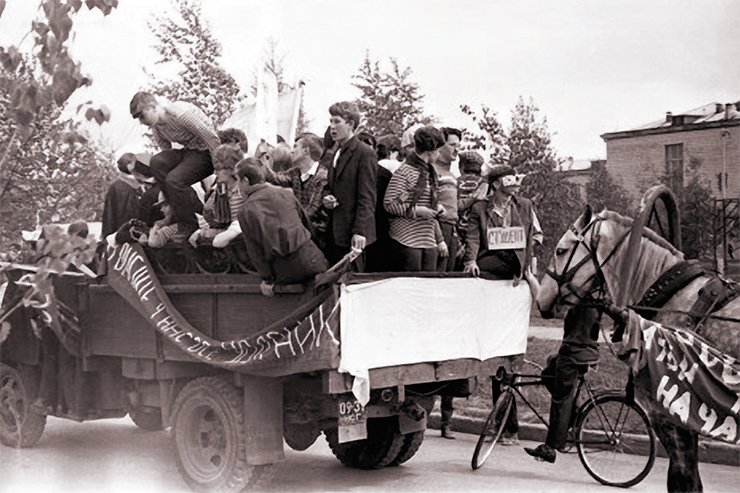
“The members of our team were the mathematicians Sergey Treskov and Yury Mikheev and the physicists Oksana Budneva, Mikhail Perelroizen, and Semen Eidelman (I had the honor to teach Semen in the Summer School, when I had already been enrolled in the first year of university, and now he is, inter alia, in charge of the Chair of Elementary Particle Physics at NSU). Eidelman and Perelroizen were then freshmen; Oksana was a third-year student, and Treskov, Mikheev, and myself had finished our first year of studies. It was this team that created the Distance Learning School.
...we need more talented people(from his address on October 23 at DLSPM)
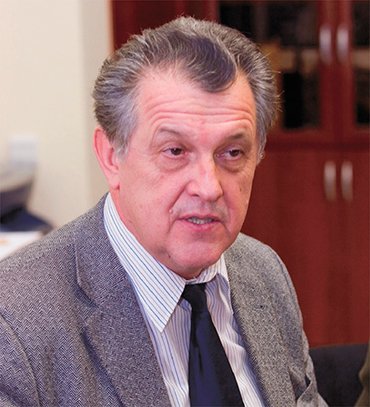 “We have implemented the educational-pyramid scheme: the Distance Learning School is the foundation for SPM, and the latter is, in turn, the foundation for NSU, by supplying us with the best graduates. However, in recent years, it has become much more difficult to recruit young people to the university. Firstly, much fewer children are now born; another problem is the regional coverage. We have established a number of regional universities, which are now headed by our graduates. These universities have begun to compete with us and pull over a part of the potential candidates. There are about 2,000 pupils at our DLSPM; that’s very few. For comparison: there are more than 5,000 pupils at the MIPT Distance Learning School (which has no boarding school) in Moscow.
“We have implemented the educational-pyramid scheme: the Distance Learning School is the foundation for SPM, and the latter is, in turn, the foundation for NSU, by supplying us with the best graduates. However, in recent years, it has become much more difficult to recruit young people to the university. Firstly, much fewer children are now born; another problem is the regional coverage. We have established a number of regional universities, which are now headed by our graduates. These universities have begun to compete with us and pull over a part of the potential candidates. There are about 2,000 pupils at our DLSPM; that’s very few. For comparison: there are more than 5,000 pupils at the MIPT Distance Learning School (which has no boarding school) in Moscow.
“Now there is a tremendous opportunity to address all these challenges: the distance learning system should make maximum use of the Internet, Skype and other communication tools. When I was rector, 15 years ago, we made a special class for distance education, which supported interactive feedback from the instructor. We need to implement such a system at SPM as quickly as possible. Because we need more talented people”
“We developed the assignments ourselves and, judging by the feedback, were good at that. Then we found among the freshmen those who agreed to check the works, and the next year, these students became team leaders. In turn, we began to look for teachers among the SPM graduates, and they, together with those who had studied for one or two years at the distance learning school, became, after appropriate training, the teachers at the Summer School. Thus, we established a principle of continuity.
“It should be noted that for many years, the Distance Learning School was fueled only by our enthusiasm. We ourselves, without any support from university officials, organized the printing and mailing of the assignments. The first official document that mentioned the Distance Learning School appeared only six or seven years later. Ironically, it was the university order: ‘To be dismissed for ruining the work of DLSPM: G.Sh. Fridman...’ and then followed a list of names of the organizers.
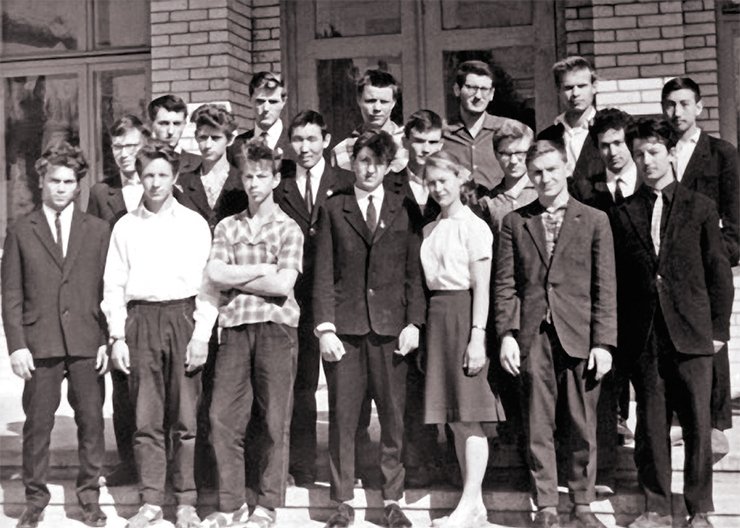
“...Recently, at a meeting of the NSU International Academic Council, the rector said that ‘the University and the Academy of Sciences should have mutual interests.’ But it has always been like that! Moreover, in our time, even we, successful SPM pupils, were given entrance IDs to the Institute of Nuclear Physics, where we could participate in real work and attend real science workshops. I, however, later ‘switched’ to math, but my classmates Alexander Rubenchik, Evgeny Kuznetsov and Vasili Parkhomchuk stayed at the INP. As to Parkhomchuk, the INP director Gersh I. Budker gave him a position at the institute even before Vasili finished SPM(!), and, when he was in his fourth year of studies, Budker entrusted him to conduct his own experiment with a team of engineers. That is, NSU has always had its own style, and NSU students and even the high-schoolers from SPM spent much time at research institutes. My first research paper was issued when I was a freshman, and it was published in such a reputable journal as Reports of the Academy of Sciences.
“The students who are now studying at the university must realize that they are studying at a unique institution with unique traditions. However, not everyone understands this, and NSU’s prestige is declining. Now we are faced with the task of reviving the university as an outstanding educational institution with a well-established reputation, which we can and must use.”
Alexander Markovichev, Cand. Sci. (Phys.-Math.), NSU Professor:
“Akademgorodok of the 1960s is an extraordinary place, extraordinary time and wonderful people!
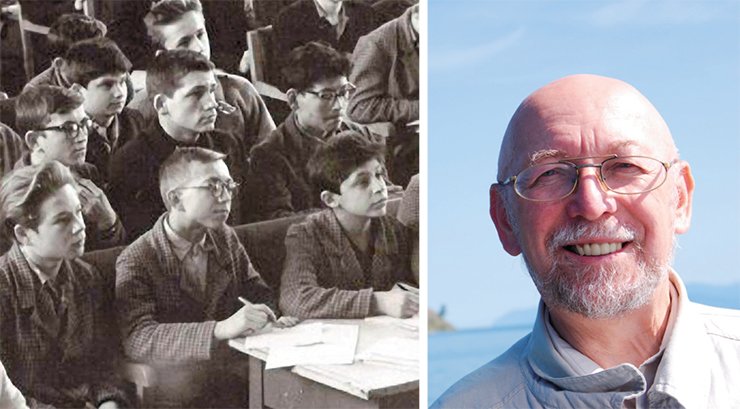
“In 1963, after the external round of the Second All-Siberian Physics and Mathematics Olympiad, I got to the second Summer School, and after it, to SPM. Our studies at SPM is a special theme. For instance, some of the ‘oldies’ (pupils of the first intake) organized a Mathematical Society at the school. Every SPM pupil could become a member of that society if he or she passed an exam to one of its ‘founding fathers,’ among whom were Gennady Fridman, Sergey Treskov and Georgy Karev. I passed this exam to Gennady Fridman and thus got acquainted with him.
“At the school there was an atmosphere of creativity and intellectual freedom; we, young people aged 14 to 18, took interest in everything. We had lectures by such great scientists as Mikhail Lavrentyev, Alexey Lyapunov, Gersh Budker, Spartak Belyaev and others. Of course, it is indecent to write about great scientists ‘and others,’ but it is simply impossible to list them all here. After finishing SPM and entering NSU, many of us craved to share our knowledge with schoolchildren in the same way as the outstanding scientists shared their knowledge with us. No wonder that in 1965, right after my first year of studies, I began, together with some of my fellow students, to work as a teacher at the 4th Summer School, where I taught math to the participants, who were only two years younger than me.
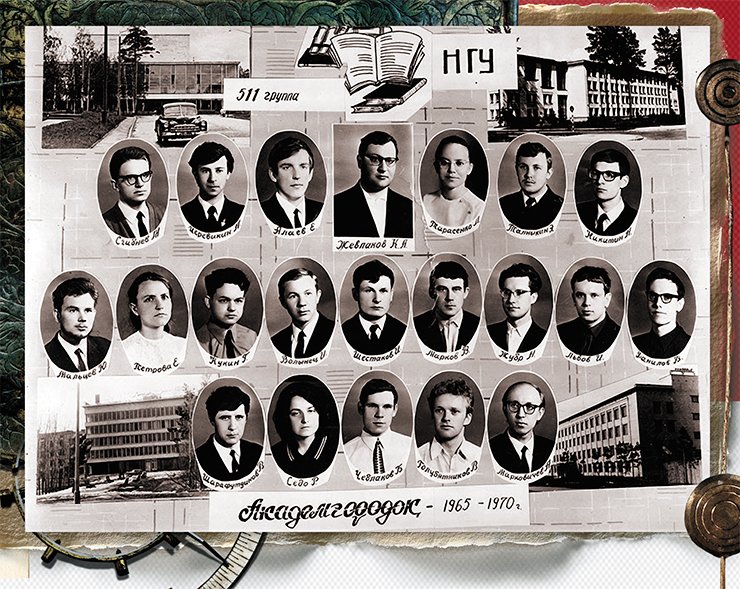
(from his address on October 23 at DLSPM)
“I remember, when I was the SPM Director, the National Training Foundation (NTF), established by the Russian Government, decided to give financial support to the best distance learning school. It took me a lot of time and effort to prove to the officials that they should support not just one, but several of the best schools. As a result, during the first phase of the project, the NTF supported 30 distance learning schools, and during the second one, 18 such schools. Of course, our school was on the list.
“Today I do math with my grandson using DLSPM materials”
“This was also the first year of the Distance Learning School of Physics and Mathematics, an initiative by Gennady Fridman. At that time I already participated in checking the assignments for DLSPM, but my regular work began later, in the 1970s, when I was a graduate student and a teacher at SPM. I was asked to prepare a new assignment on sequences limits; it appears to have been a success since I was then entrusted to prepare three more assignments in mathematics. Three of these four assignments had been used for several decades until Yury Mikheev and myself prepared new ones. There was a time when I was in charge of all the teaching of mathematics at DLSPM and, for nearly a decade, I had been preparing introductory assignments in mathematics, the greatest value of which was the detailed solutions that were sent to the candidates together with feedback on their work.
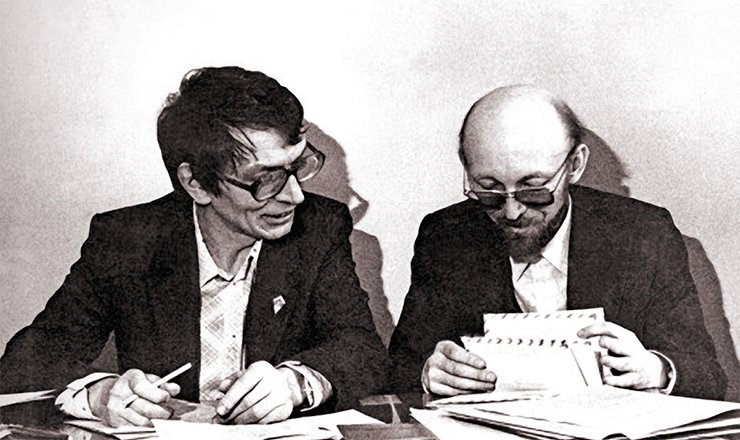
“I should note that nobody forced us to do this work; we were simply interested: we felt we were important and wanted to serve the society, i.e., worked almost for free. By the way, when during the social transition of the early 1990s, one of our university leaders began to popularize the slogan ‘Free labor is slave labor,’ this resulted in a ‘quiet death’ of the so-called Sunday School at NSU. Now we are, to some extent, beginning to return to this way of life, but now we call it ‘volunteering.’
“I was sure that my works were checked at least by an assistant professor…”(from the interview to SCIENCE First Hand)
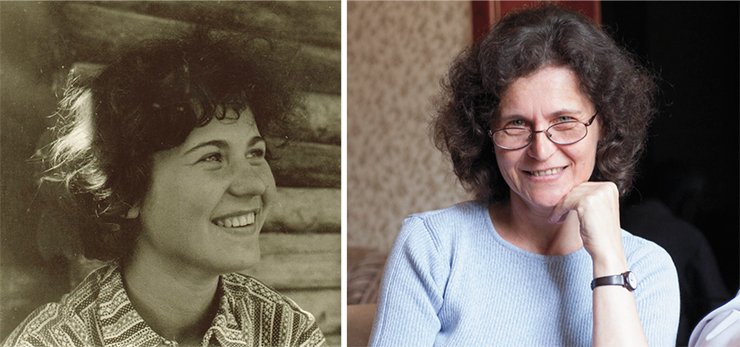
“The funniest part of these studies was when Pavel Borodin was collecting information on cat genetics. I arrived in Novosibirsk, at the Institute of Cytology and Genetics, to meet with Anatoly Ruvinsky. He gave me a map on which I was to put a mark indicating the exact frequency of a particular gene in the neighborhoods of Kemerovo.
“There were no stray cats in Kemerovo in 1980; so we went to the suburbs, to a settlement near the Pionerskaya Mine, where our classmate lived. In fact, this was a village where there was a cat in every private house. We were very lucky that everyone in the village knew our friend because in that year, a tax was imposed on cats and dogs. We were collecting information about cats, but the people got scared, thinking that we were collecting money. We reassured them: ‘You see, we are asking neither the name nor the number, just show us your cat, please, that’s all!’ There were about 12 mutations on the list. It was absolutely crazy! But we collected really good material: 130 cats. Then I calculated the frequency of the genes, put the figure onto the map, and brought the map to Novosibirsk. These data were included in Borodin’s book”
“Having experienced a lot of changes and gone through good and bad times, DLSPM has now become one of the best distance learning schools in Russia. Working steadily, this school is necessary for both NSU SESC and NSU itself, and, most importantly, it is vital for gifted children who truly strive for knowledge.”
Sergey Prokopiev, Cand. Sci. (Chem.), Senior Editor of SCIENCE First Hand:
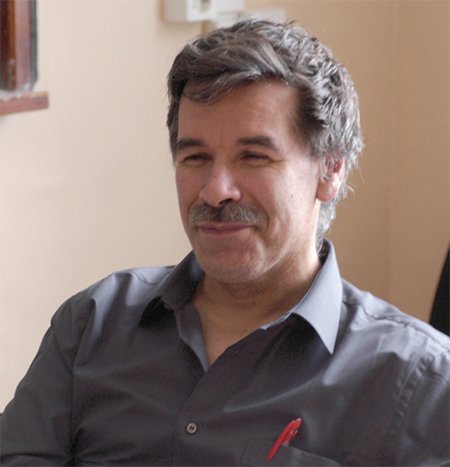 “My first encounter with the NSU Distance Learning School was in the spring of 1979 in Kurgan, when I saw a DLSPM brochure at the young technicians’ club, which I attended with my friends. I must say that I had come across some information about this school in newspaper articles, but newspapers gave, as rule, no full contact details. Even at the district department of education, nobody could tell me anything definitive about this ‘secret’ school.
“My first encounter with the NSU Distance Learning School was in the spring of 1979 in Kurgan, when I saw a DLSPM brochure at the young technicians’ club, which I attended with my friends. I must say that I had come across some information about this school in newspaper articles, but newspapers gave, as rule, no full contact details. Even at the district department of education, nobody could tell me anything definitive about this ‘secret’ school.
“Without thinking twice, I wrote a letter with an application to the 8th grade of the distance learning school to all the three departments—mathematics, physics and chemistry—that the school had at that time. After a couple of weeks, the school specialist replied that I could choose only one department, and I chose math. This choice was dictated by the fact that I had already read and mastered all the available and comprehensible (for a high-schooler) math books.
“...The DLS teachers who checked our works were very strict”(from his address on October 23 at DLSPM)
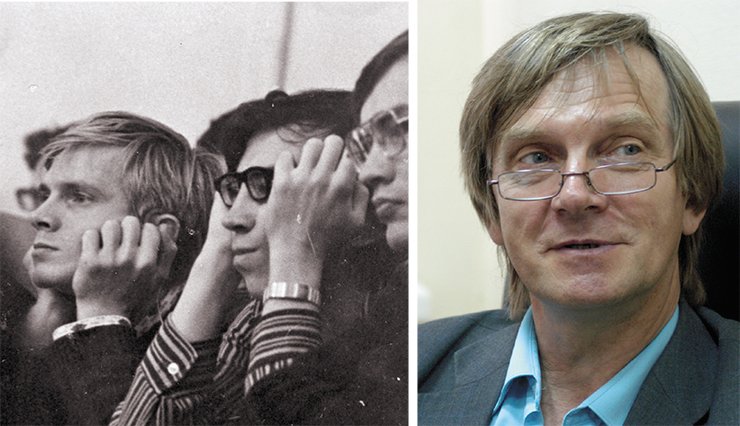
“The reason is that at our school, we were taught physics not from the textbook (I had never opened it in my entire school life), but by the ‘folklore’ method, i.e., through close communication with our teachers and with peer pupils. It was like in sports: we set problems to one another and solved them with enthusiasm. Although this approach produced an atmosphere of creativity, there was a ‘complete mess’ in my head. And then I saw an advertisement in Kvant magazine that NSU DLSPM continues to recruit pupils. I sent an application, which was accepted, and I studied there for two years, until 1972. It was my first experience of self-study. No one is looking over your shoulder, but no one will give you a clue. So I had to read books and find solutions all by myself. As a result of the consistent reading of instructional materials and working on assignments, all my diffuse knowledge was brought into a system. The DLS teachers who checked our works were very strict: they revealed any violation of logic in the reasoning and gave a lower grade. Therefore, we had to learn, on our own, the art of what is now called the ‘presentation of results,’ i.e., the ability to consistently, without omissions, present the solution of a problem. This helped me enroll in university.
“Note that the ability of self-study is an inherent trait of a scientist. Science is developing rapidly, and much of what you were taught at school or university will soon be worthless because it will be outdated. To be successful in real science, you will have to learn a lot from scratch. In order not to get confused by this sudden need for independence, it is better to start training from an early age. The Distance Learning School was a great help for me in that”
“The days when I received the feedback on my work and the next assignment were like holidays for me. Firstly, my teacher-by-correspondence was generous with his detailed comments if a problem was solved incorrectly or incompletely. Secondly, it was a pleasure to work though the excellent instructional materials that preceded each new set of assignments.
“In the same year, after my successful participation in the regional science olympiad, I got to the Summer School of Physics and Mathematics and then was enrolled in SPM.
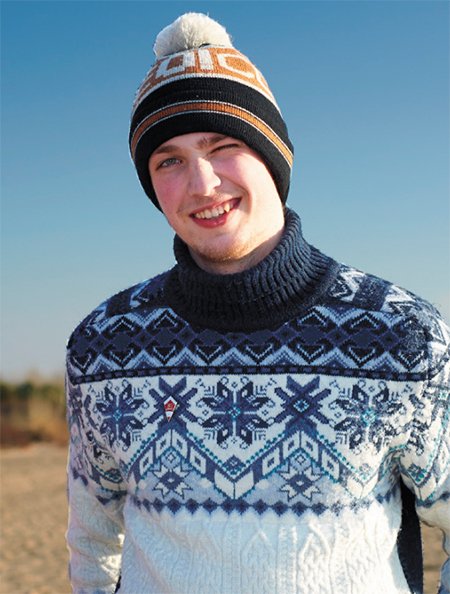 “My next encounter with DLSPM was several years later, when I was a third-year student at the NSU Natural Sciences Department. It turned out that the school had no funding to check the works of the pupils; hence, there was a chronic shortage of professional teachers and this activity was entrusted to students of the respective university departments in the framework of the so-called ‘komsomol commitments.’ During the year, I checked the works of 20 eighth-grade pupils. The assignments developed by the DLSPM chemistry department were clearly formulated, and it was easy for a good university student to solve the problems and evaluate the solutions proposed by the DLSPM pupils. Recalling my own studies at the Distance Learning School, I tried to be as careful and responsible in my communication with the pupils as my teachers had been. This activity, in which I was engaged until graduation, made a good teaching practice for me.
“My next encounter with DLSPM was several years later, when I was a third-year student at the NSU Natural Sciences Department. It turned out that the school had no funding to check the works of the pupils; hence, there was a chronic shortage of professional teachers and this activity was entrusted to students of the respective university departments in the framework of the so-called ‘komsomol commitments.’ During the year, I checked the works of 20 eighth-grade pupils. The assignments developed by the DLSPM chemistry department were clearly formulated, and it was easy for a good university student to solve the problems and evaluate the solutions proposed by the DLSPM pupils. Recalling my own studies at the Distance Learning School, I tried to be as careful and responsible in my communication with the pupils as my teachers had been. This activity, in which I was engaged until graduation, made a good teaching practice for me.
“After graduation I worked as a researcher at the Institute of Catalysis, and there I met with Nina Bogdanchikova, the organizer and leader of the NSU Sunday School of Physics, Mathematics, Chemistry and Biology. She invited me to take part in ‘live’ communication with inquisitive children who came to the university on Sundays from different places, including such remote settlements as Cherepanovo and Moshkovo. The children strove to gain knowledge beyond the high-school curriculum, which could help them prepare for the entrance exams to the university. At times there were more than forty people in the classroom! We had virtually unlimited freedom and developed the lecture programs ourselves. I used the DLSPM materials as the core of my lectures, supplementing them with my own assignments on the subjects which were usually difficult for schoolchildren.
“My life would be dull and boring without DLSPM”(from his address on October 23 at DLSPM)
“It was my mother who told me about the distance learning school. At school, we had an interest group where the teacher worked through DLSPM materials on mathematics with the pupils, but I decided not to attend those classes and solved the problems on my own. At first, I studied at the distance learning school; by the results of the second year, I was invited to the Summer SPM, and only there I learned that there was such a school as NSU SESC, where one can study full-time. Two years of study at SESC gave me a most powerful training and helped me pass the entrance exams to NSU, so now I’m a student of the Mechanics and Mathematics Department. Without DLSPM, my life today would be dull and boring”
“Subsequently, I became involved in the organization of All-Union Science Olympiads for Schoolchildren and had to leave the Sunday School; the baton was taken over by younger teachers—NSU graduates and students. However, at olympiads of any level, I always carried along the DLSPM brochures to show them to the children and teachers—for many of them, it was the only chance to get ‘first hand’ information about this wonderful school.”
This publication uses photos of assignments from the archive of the Distance Learning School


